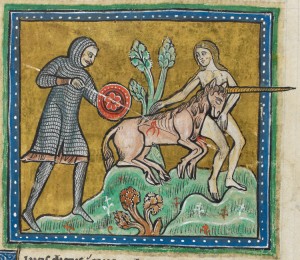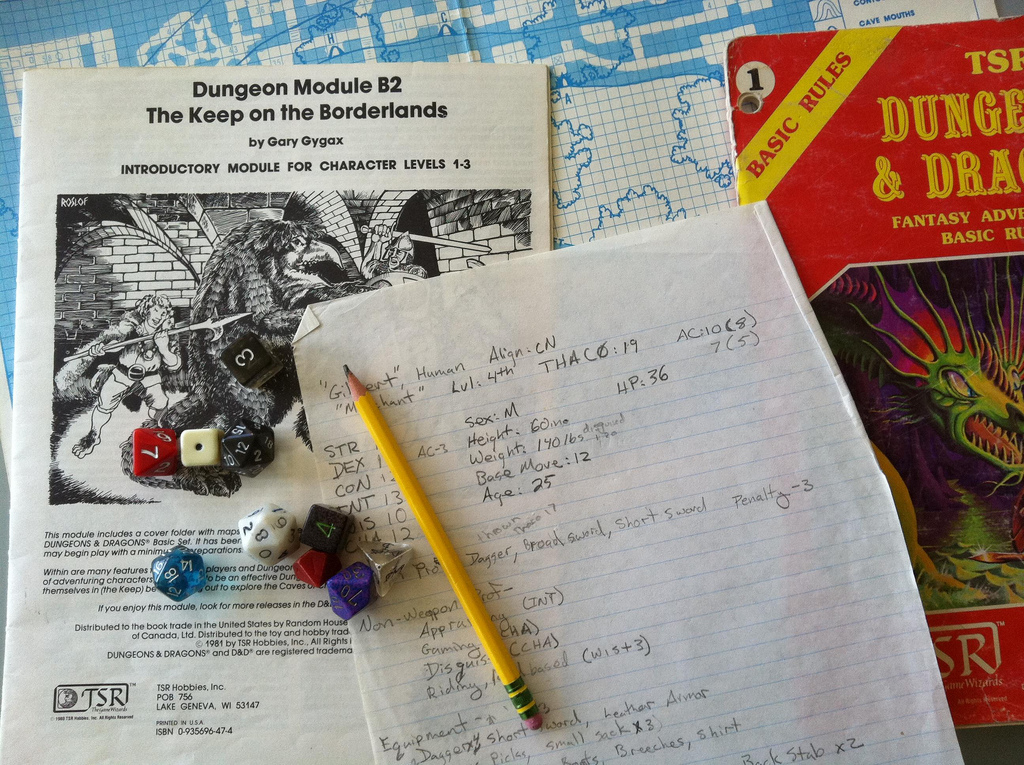Ever thought about hanging out your own shingle? If so, you’d better think about how you’ll handle health insurance. If you’d be covered through a spouse’s insurance, you’re probably set, but otherwise you might have to buy individual health insurance, which typically costs more. And that’s if you’re lucky enough to get individual health insurance, since it could be denied to you for all sorts of reasons — from serious prior conditions to minor ones like allergies, ear infections, or joint sprains. Or because you’d been a lumberjack or carnival worker. (Here’s a list of over 50 reasons health insurers may reject you. It’s scary stuff.)
Jacob Hacker talks about healthcare as one type of increasing risk for folks in the US in his book The Great Risk Shift, along with retirement and jobs. It’s a great book, full of meaty policy goodness (if you like that sort of thing), but the basic point is simple: in some important ways, Americans are at greater risk of dramatic swings in income, prolonged job loss, massive healthcare costs, and other forms of economic insecurity than in the past. For example, he states that "The chance that a person with average demographic characteristics will
experience a 50 percent or larger drop in income over a two-year period
has risen from 7 percent in the early 1970s to 17 percent in 2002." So it’s not just healthcare risks we have to worry about. He goes on to talk about both the causes of this shift and some possible policy solutions, and I hope we’ll hear more about some of those solutions as the various presidential campaigns start heating up.
So, what does this have to do with design (other than discouraging design entrepreneurs starting their own consultancies)? Well, while actually fixing the problems probably requires national policy changes, those can take a while. In the meantime, we can think about designing products and services that can help folks at least manage these risks.
I first started thinking about this when Scott Cook, founder of Intuit, came to talk to the product team at eBay a while ago. He’s a pretty engaging speaker, and frames the history of the company as a series of products inspired by deep customer insights — insights which he cheerfully admits they came to very late in some cases. One such case was the origin of Quickbooks — for many years Intuit researchers noticed that a significant number of Quicken users seemed to be small businesses. This didn’t make any sense, as it was designed for home financial use, not accounting — until they eventually realized that there was a need for small business accounting software designed for non-accountants.
I was intrigued by his mentioning, as a similar case, a new software product created specifically to manage health insurance paperwork Quicken Medical Expense Manager. It turns out that the inspiration for this came from even closer to home, as this story (PDF) relates:
Dan Robinson’s life changed forever in the winter of 2000. His newborn son entered the world with a rare illness that required a life-saving heart surgery — the first of many, it would turn out — when he was just two months old …
At the time of his son’s birth, Dan was an engineering manager with the Quicken team and Intuit Inc. As the parent of a child with a serious medical condition, he experienced firsthand how stressful managing medical expenses can be.
By 2001, the Robinson’s medical bills exceeded $1.2 million. "I felt overwhelmed by the number of bills and statements — I was unable to make sense of it all, Robinson said …
Robinson developed his own basic medical expense management software program and proposed a more formal software solution to the Quicken organization for development. At first his ideas was met with skepticism, but eventually he was given the go ahead to pursue it. The premise was simple: develop a product that could help track healthcare expenses and insurance for individuals and families.
I think this is an amazing example of product design targeting a real and scary risk (the risk of bankruptcy due to overwhelming healthcare costs) and helping empower individuals to manage that risk. Product designers have a tendency to talk about what good things using their product will do for their customers — but sometimes the best path is to help manage risks, i.e. reduce the likelihood of bad things happening.
Edit: My friend Karen posted about this subject (and dictators and complex systems) a little while ago.

